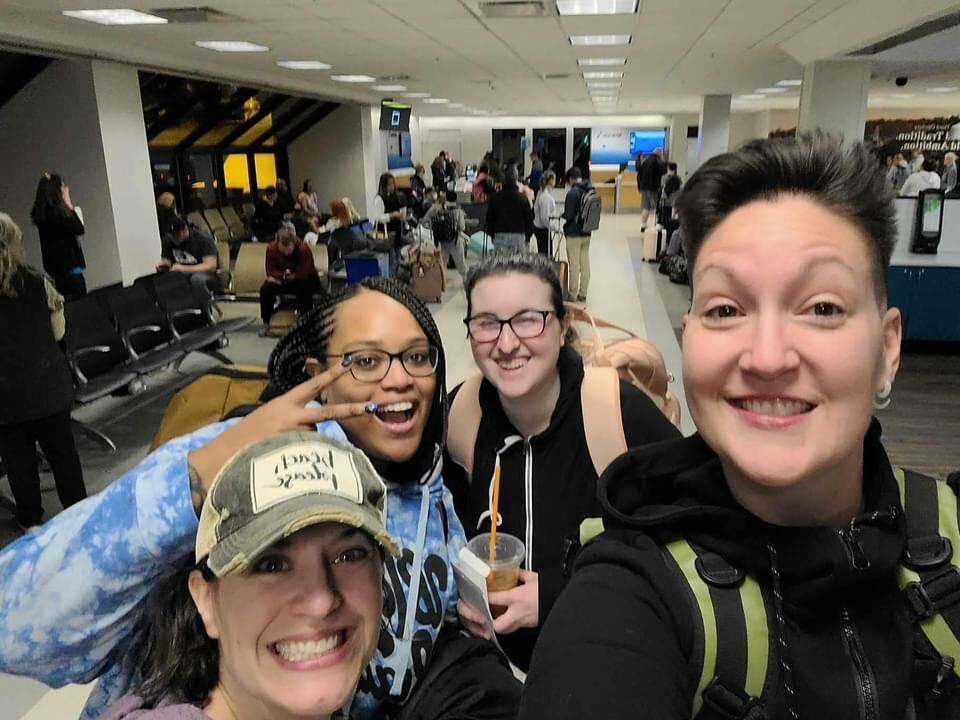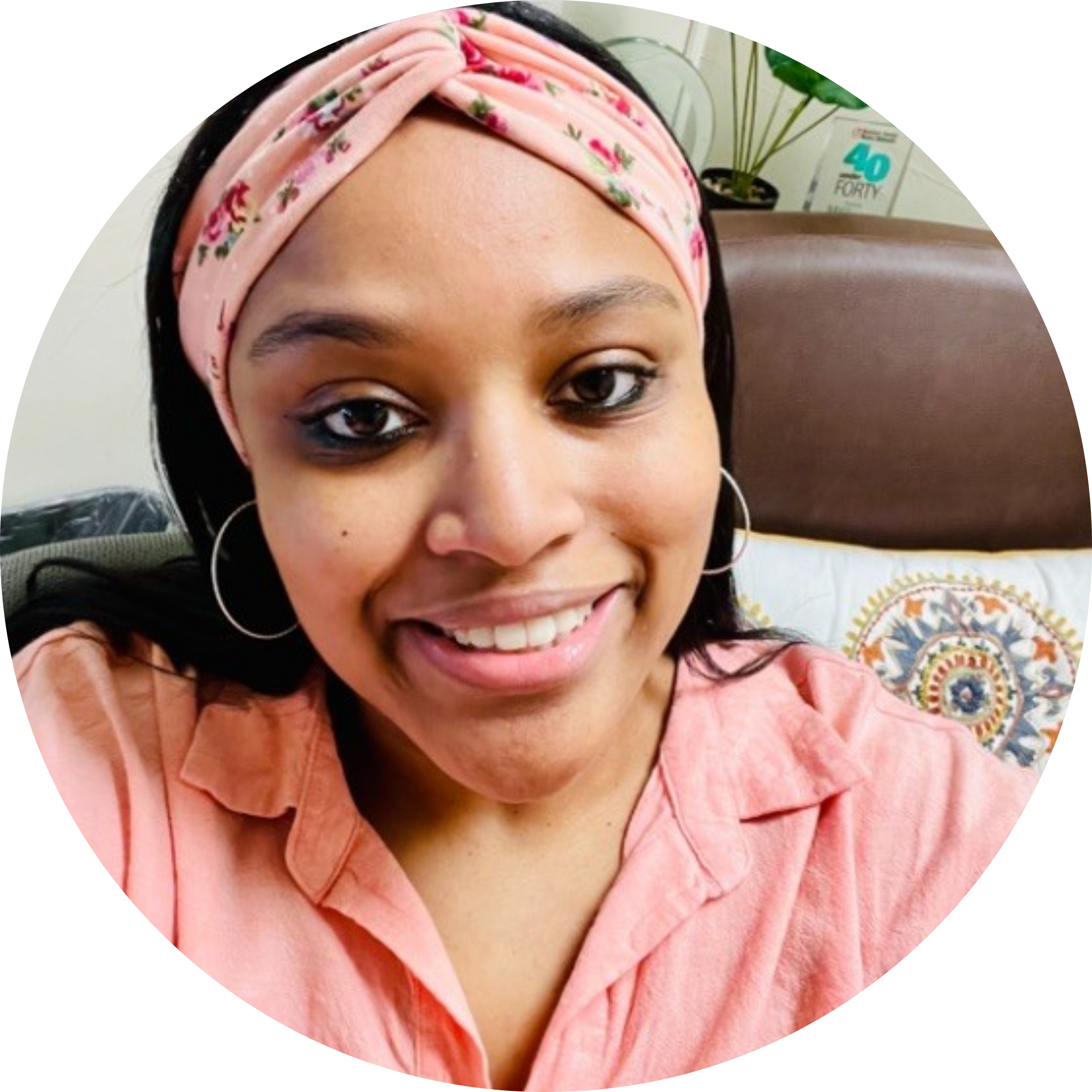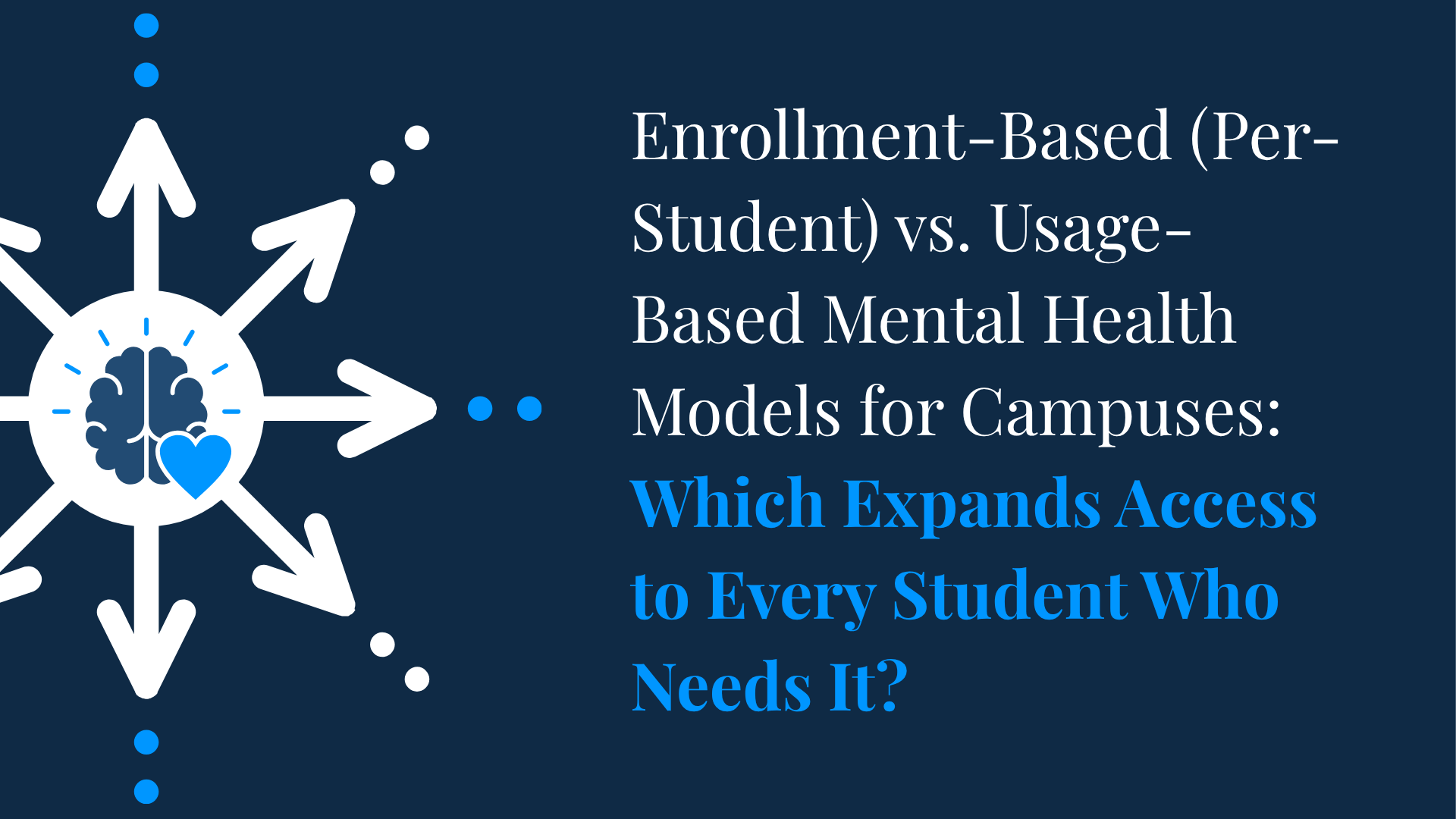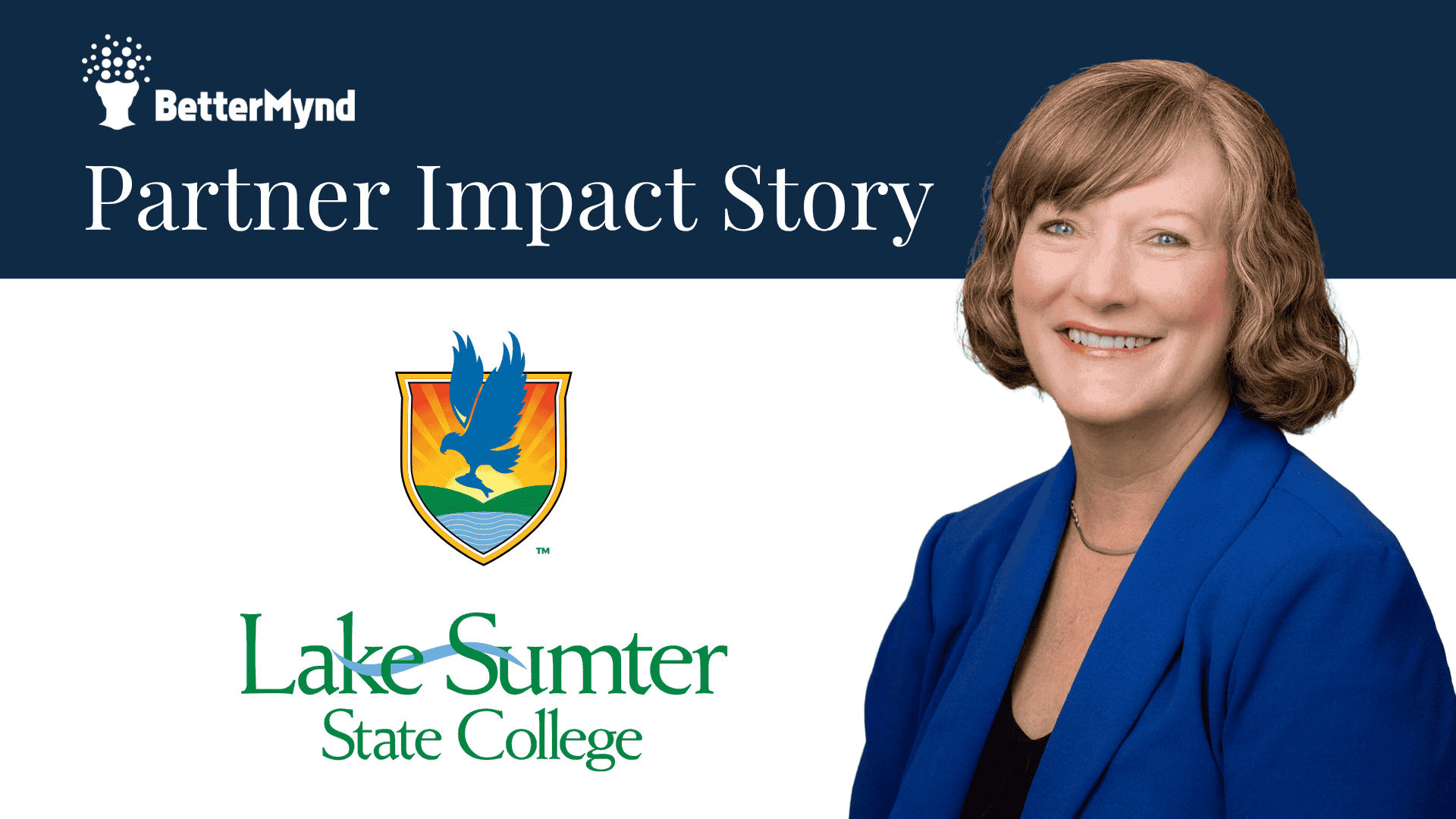Tell us a little bit about your lived experience. Who are you? And why is supporting LGBTQIA+ students personal for you?
Professionally, I’m a Licensed Marriage and Family Therapist (LMFT) and the Clinical Operations Manager at BetterMynd. I also maintain a small private practice in upstate New York where I live with my wife and daughter. I began my clinical work by providing therapy to survivors of intimate partner violence in a community-based shelter and advocacy center, then shifted into higher education about 10 years ago as a staff therapist at Syracuse University and later as a Senior Counselor and Training Coordinator at SUNY Oswego.
On a more personal level, I grew up in the inner city of Boston until I was 11 years old, and we then moved to a predominantly White suburb in Massachusetts; this is when I first blatantly experienced being “othered” and was one of the very few Black kids in the school. I experienced blatant racism and, now knowing, both micro and macroaggressions. I struggled to like my beautiful melanated skin. Looking back now, this was the start of my struggle with anxiety & self-love – navigating the world as a Black girl in predominantly White spaces was hard & isolating.
Fast forward through high school to college, I realized “oh, this is more than a little crush, I really like girls…” and I “came out” to my family – they did not take it well. I had to find ways to navigate the world on my own; this is when finding my tribe (community) and going to therapy really helped me through a period in my life where I was anxious, depressed and didn’t love myself very much. With the love, care and support I received from my tribe I was able to really find ways to manage how I was feeling and “throw away the old tape” that had negative messaging. I was able to proudly say, “I’m a proud Black and queer woman!”
Even today, it’s not a walk in the park for me, but I have great folks in my corner, tools that I can use from therapy if I need them, and a great amount of self-love to repel the ugliness that the world can have at times.
While social media may show a very affirming world for LGBTQIA+ youth, the stats for what they are actually experiencing is sobering. What do we know?
Well, we know a lot – and it shows a tremendous need to better affirm and support these young people, their mental health and wellbeing, and sense of belonging.
Research at the UMass Chan Medical School has a number of important stats on the adverse life events experienced by LGBTQIA+ youth in the past year (2023), including one in three have been physically threatened or harmed, 70% experienced verbal harassment due to their sexual orientation, 40% seriously considered attempting suicide, 48% engaged in self-harm, and 68% reported symptoms of generalized anxiety.
The Trevor Project’s survey this past year (2023) surveyed over 28,0000 LGBTQIA+ youth ages 13-24 years old across the US and found that 56% of LGBTQ young people who wanted mental health care in the past year were not able to get it. Some of the factors have to do with whether they will be understood when they are navigating a health care system. Will I be seen? Will I be heard and validated? Will I be stigmatized? Will someone think I’m crazy? (Which is a phrase I’ve heard from a lot of folks I’ve worked with.) And a lack of support from their family could also be an issue if insurance is involved.
Nearly 1 in 3 LGBTQ young people said their mental health was poor most of the time or always due to anti-LGBTQ policies and legislation, and nearly 2 in 3 LGBTQ young people said that hearing about potential state or local laws banning people from discussing LGBTQ people at school made their mental health a lot worse. We can’t underestimate the harmful impact of reading the news and seeing that who I am is on the chopping block.
There’s also more and more conversation about what’s “appropriate” and “not appropriate” to be able to talk about in the classroom, which should be a neutral space for all to feel welcome, but this can increasingly leave LGBTQIA+ students feeling excluded.
We also know that LGBTQIA+ youth are at a 120% increased risk of homelessness. What do you think lies behind that stat?
I believe the heart of this is rejection. Rejection from loved ones because of who they are or for living from their own truth. This rejection increases the likelihood of not having a physical place of belonging, which could result in living on the streets or couch surfing. I’ve had many clients talk about this reality – living day to day in different spaces because they were rejected from their families and homes.
The Trevor Project survey also shows that fewer than 40% of LGBTQ young people found their home to be LGBTQ-affirming, which connects back to why so many more of these youth are unhoused. Like I shared from my own life, there are many of us not coming from affirming homes that are truly accepting and have unconditional love for their child or loved one – which results in these youth finding their own chosen family, or kinship, as I like to call it.
What are a few practical steps someone can take to be a source of support and safety for LGBTQIA+ students?
Anecdotally, remember that every act of acceptance, respect, and safety makes an enormous difference for LGBTQIA+ folks. We carry so much pain and hurt for not being accepted for who we are.
You may know this – but forget to do it consistently – which is to share your pronouns when introducing yourself in a meeting or in the classroom. I’d also encourage you to use inclusive language when referencing groups, like “folks” or “y’all” instead of “those girls” or “those guys”.
Lastly, simply listen without judgment or assumptions.






